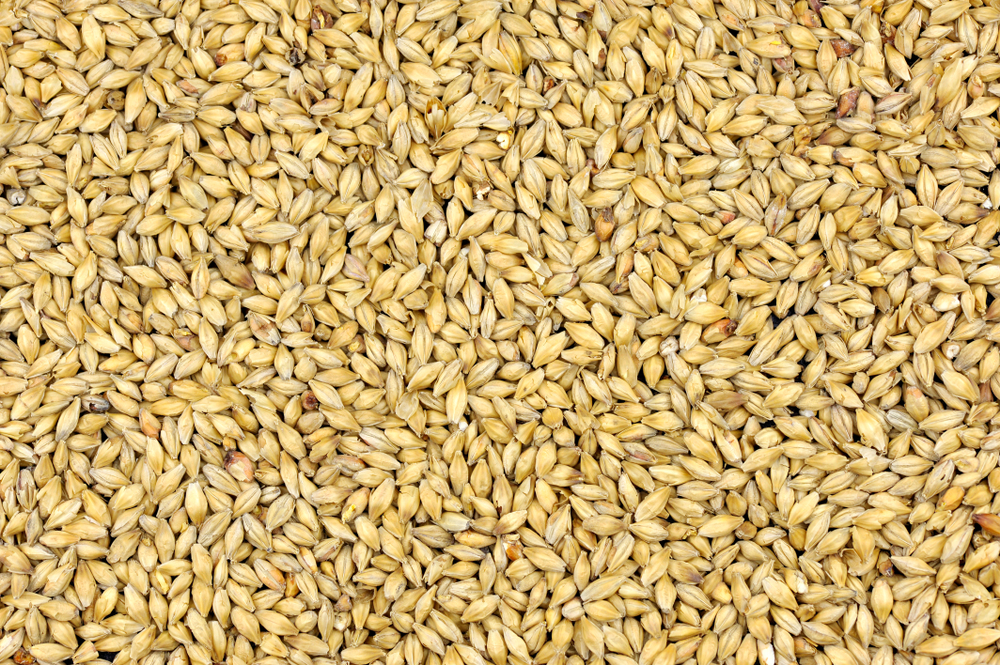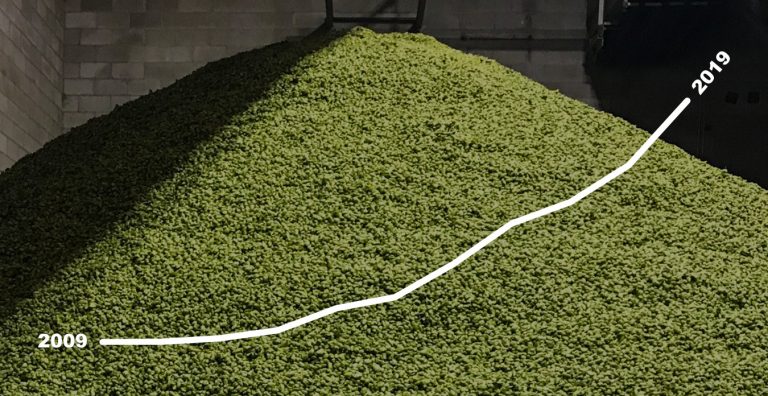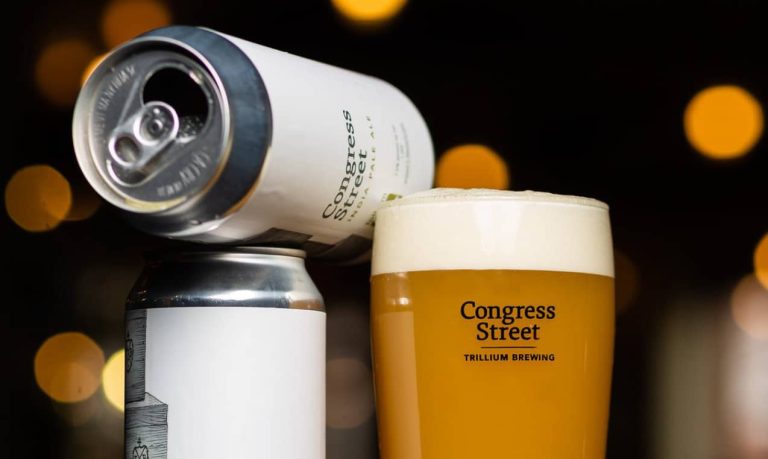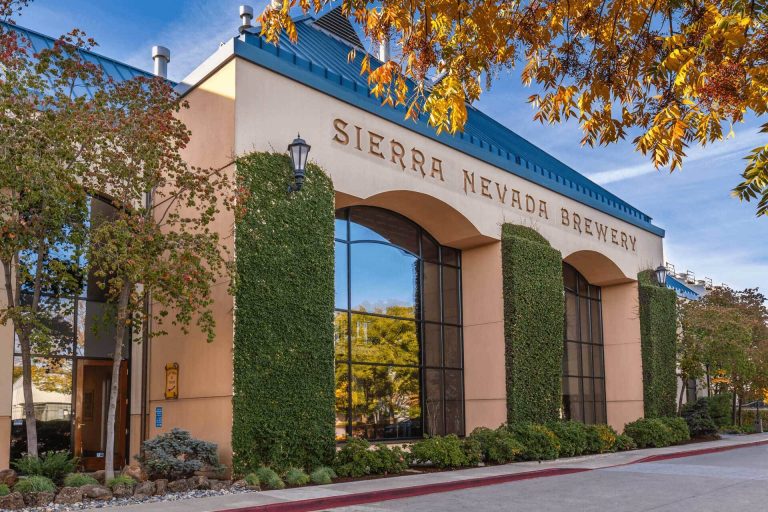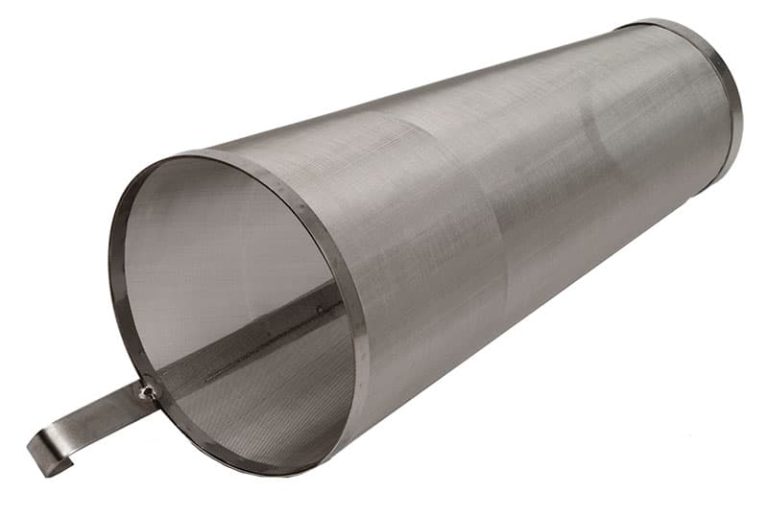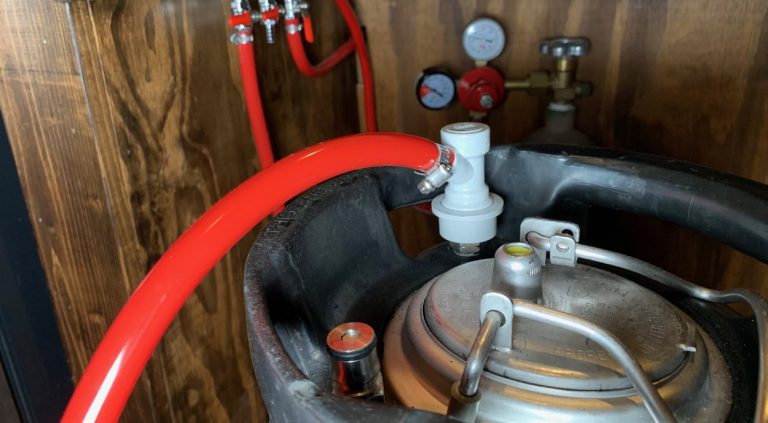What’s the Difference? Golden Promise, 2-Row and Maris Otter Base Grains Compared
All beer homebrew recipes have a large percentage or all of their mash consisting of what is called their “base” malt. Most recipes also have a smaller mash percentages of grains and other additives called adjuncts.
I typically brew stouts and IPAs, so my base malts usually consist of either pale 2-row barley, Maris Otter or Golden Promise. All three of these are barley malts and provide most of the grain bill of my beers.
So while all three are essentially the same type of grain, why are they sold as different malts? I attempt to answer that question and others with the research I’ve presented below.
The Similarities
All three of these base grains are a species of barley and will look virtually the same if placed side-by-side one another. They all impart a light color to your beer and when used as the base malt to your recipe, are the source of most of the grain sugar that gets extracted as a part of your mashing process.
All three malts will easily convert with a single infusion mash and all have similar light flavors that will easily get masked by using darker malts in the adjunct or a ton of hops that are usually put inside an IPA.
The Differences
Most of the differences between the three are due to the different types of flavor that is a function of the slightly different barley species, their malting approach, and kilning methods. These flavors will be on full display in a lighter beer like a blonde ale more so than a heavier beer like an IPA or a stout.
2-Row
2-row is a popular all-purpose malt is usually considered “American” and has a very low Lovibond rating of 1.7-2.0°L to ensure that adds only a light blonde color to your beer. It adds a clean, sweet malty flavor to your wort. This malt is produced by a few different maltsters including Rahr and Briess. I am sure some brewers have a preference here, but the two brands taste exactly the same to me. Learn more about 2-row pale malt.
Maris Otter
Maris Otter is a specific English 2-row barley varietal introduced in 1966 that was developed to produce high quality malt for the production of British ales. This malt produces an orange-tinged golden wort with a unique rich, slightly nutty flavor. Coming in with a Lovibond range of 3.5-4.5°L, it is a bit darker than your basic 2-row. Munton’s, Thomas Fawcett, Bairds and Crisp are common masters distributing MO grain. Learn more about Maris Otter malt.
Golden Promise
Golden Promise is a malt from a traditional barley variety grown in Scotland and usually the most expensive of the three base malts listed here. Golden Promise produces a mellow wort, with a sweet, cleaner flavor than Maris Otter. Coming in with a Lovibond range of 2.1-2.8° L, it is also a bit darker than your basic 2-row, but not as much as Maris Otter. Thomas Fawcett or Bairds are typical maltsters that create a version of Golden promise. Learn more about Golden Promise malt.
Swapping One for Another Within a Recipe
You can definitely swap out Golden Promise for Maris Otter or 2-row inside a recipe if you don’t care to adhere to some “rules” for particular beer styles. For instance, to make a Scottish ale you are expected to use Golden Promise, but that is only really important if you want to make your beer true to the style you’re brewing. A Scottish Ale recipe will be just as delicious with 2-row or Maris Otter in it, but it won’t be a real Scottish Ale.
Choosing The Best Base Malt
I usually just go for the cheapest base malt I can find, which is almost always one of the American 2-row brands: Rahr or Briess.
Golden Promise and Maris Otter are usually $0.30 – $0.50 more a pound than basic 2-row, which only saves me around $3-$5 a 5 gallon batch, but I am always looking to cut costs where it is least noticeable in the final result. Saving on the base malt will let me spend it elsewhere – likely on equipment where the ROI on taste will be much more significant.
If you do decide to run a test of your favorite beer using MO or GP, we would suggest trying to find Thomas Fawcett brand of either. They are generally considered to have the best malting techniques making their flavor and quality a bit better than the rest.
